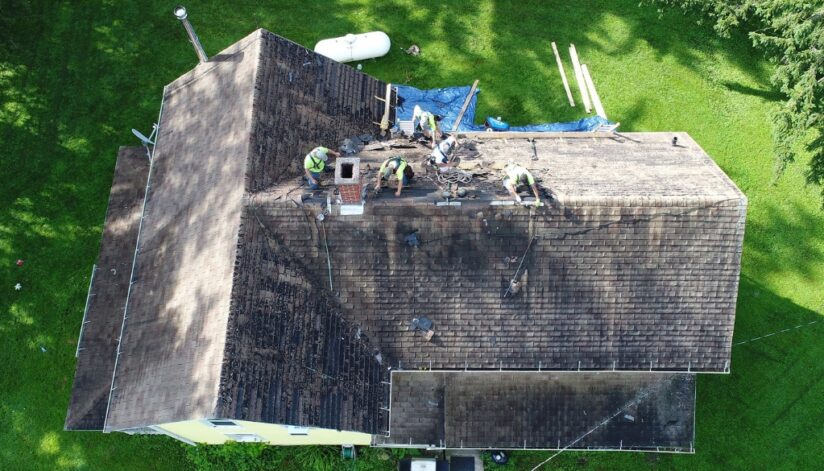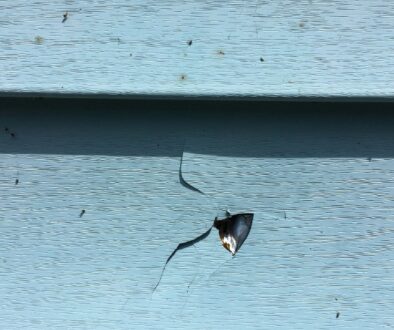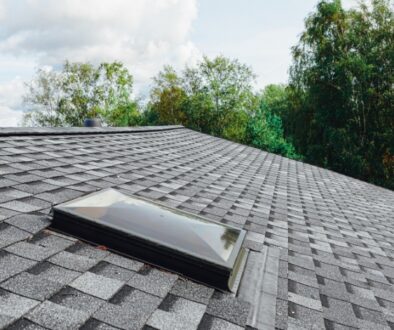Why Roofs Need Ventilation & How To Assess Yours
When you think of your home’s roof, what comes to mind? Shingles, eaves, maybe even gutters? However, one of the most essential aspects of a healthy roofing system often goes unnoticed: ventilation. At Ledegar Roofing in La Crosse, Wisconsin, we’ve safeguarded homes since 1908, and we know the paramount importance of roof ventilation. Let’s dive into why ventilation is crucial and how to determine if your home needs a ventilation upgrade.
The Science Behind Roof Ventilation
Ventilation, simply put, is about ensuring a steady flow of air in and out of your attic. This system comprises intake vents (usually at the roof’s edge or eaves) and exhaust vents (often at or near the peak of the roof). The idea is to maintain a balance, ensuring that the volume of air intake equals the air being exhausted.
Why Is Roof Ventilation So Crucial?
- Regulating Temperatures: During hot summers, an unventilated or poorly ventilated attic can reach temperatures up to 150°F. This extreme heat can damage your roof shingles from the inside out. Ventilation helps in dispersing this heat, thereby prolonging the life of your roof.
- Preventing Moisture Build-up: In colder months, heat from your home can rise, meeting the cold roof and creating condensation. Over time, this moisture can cause rot in the roof decking and rafters, damaging insulation and even leading to mold and mildew.
- Energy Efficiency: A well-ventilated roof helps maintain a more consistent indoor temperature, reducing the strain on your HVAC system and saving on energy bills.
- Preventing Ice Dams: Proper ventilation ensures that the roof remains cold, reducing the chances of snow melting and refreezing at the eaves, which can lead to ice dams. These can cause considerable damage to roofs, gutters, and even interior home walls.
Is Your Roof Gasping For Air? Signs Of Inadequate Ventilation
- Hot and Cold Spots: If some rooms in your house are notably warmer or colder than others, it might indicate that your roof isn’t ventilating air properly, causing uneven temperature distribution.
- Icicles and Ice Dams: While icicles can be a picturesque winter sight, they’re also a red flag. As mentioned, ice dams can form due to poor ventilation and can cause significant damage.
- Mold and Mildew: A musty smell in your attic is a clear indicator of moisture build-up, often resulting from inadequate ventilation.
- Peeling Paint: If the paint on the exterior of your home or on the ceiling of your interior starts peeling or blistering, trapped moisture due to poor ventilation could be the culprit.
- A Spike in Energy Bills: An unexpected rise in your heating or cooling costs might indicate that your HVAC system is working overtime due to improper roof ventilation.
Assessing Your Roof’s Ventilation Needs
- Inspect Your Attic: Take a flashlight and look for signs of moisture, mold, or any rotten or warped wood.
- Examine Roof Vents: Ensure that vents aren’t blocked by debris, nests, or insulation.
- Check for Proper Sealing: All penetrations in the roof, such as fans or plumbing stacks, should be adequately sealed.
- Look at Your Eaves: Ensure that your soffit vents (vents located in the eaves) are not obscured by insulation. These vents play a crucial role in drawing in cold air.
- Consult with Professionals: While a personal inspection can provide insights, nothing replaces the expertise of a professional. Companies like Ledegar Roofing have the experience and tools to assess your roof’s ventilation accurately.
In Conclusion
Your roof does more than just shield your home from the elements; it breathes, regulates temperature, and prevents moisture build-up. This is why proper roof ventilation is not just recommended; it’s essential. And with the changing climate and the extreme weather conditions we face in the Coulee Region, it becomes all the more crucial.
If you suspect your home’s roof ventilation might be lacking or just want to ensure it’s up to par, contact Ledegar Roofing. Our legacy is built on quality, trust, and ensuring your home is safe and efficient, top to bottom, inside and out.




